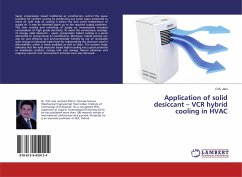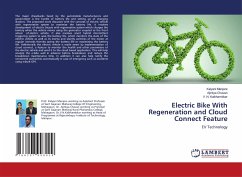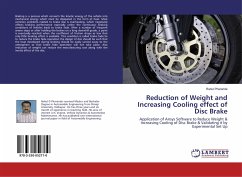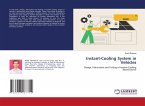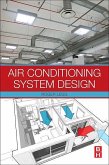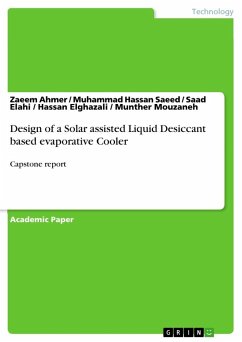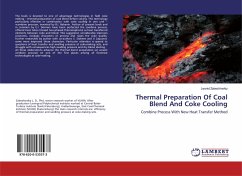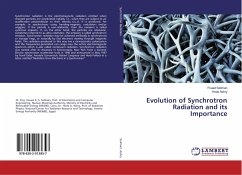Vapor compression based traditional air conditioners control the space humidity for comfort cooling by condensing out water vapor presented to moist air with help of cooling it below the dew point temperature of supply air. It may be reheated again up to the required supply condition. This over cooling and reheating of supply air unnecessarily increases consumption of high grade electricity. To avoid the unnecessary wastage of energy, solid desiccant - vapor compression hybrid cooling is a good alternative to conventional air-conditioners. Moreover, hybrid cooling can also be cost effective and environmentally friendly by use of renewable solar energy or industrial waste heat for regenerating the desiccant used in dehumidifier, which is freely available as well as clean. The present study indicates that the solid desiccant based hybrid cooling has a great potential to ameliorate comfort, energy and cost savings. Recent advances and ongoing research and development activities werealso discussed.
Bitte wählen Sie Ihr Anliegen aus.
Rechnungen
Retourenschein anfordern
Bestellstatus
Storno

